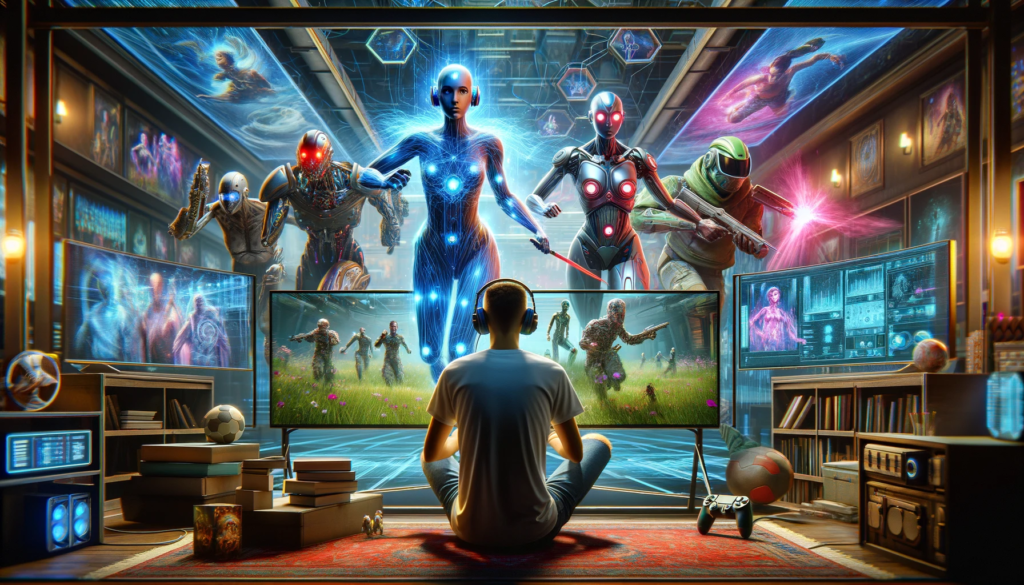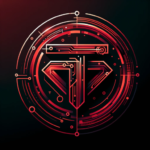
The transformative power of generative AI in video gaming: A fusion of technology and imagination.

The transformative power of generative AI in video gaming: A fusion of technology and imagination.
In the ever-evolving realm of video gaming, a groundbreaking shift is underway. The partnership between Microsoft Xbox and Inworld AI, highlighted in a recent CNBC article, marks a pivotal moment in this transformation. This collaboration is set to redefine the core of gaming interaction by infusing generative AI into non-playable characters (NPCs). This isn’t just a technical upgrade; it’s a paradigm shift in the gaming experience.
Traditionally, NPCs in video games have been constrained by limited scripts, serving as mere backdrops to the player’s journey. However, Inworld AI’s initiative is poised to breathe life into these characters. Kylan Gibbs, co-founder of Inworld AI, emphasizes that this technology will allow NPCs to learn from interactions, adapt to player behavior, and contribute to a dynamically evolving game world. This is a leap from static storytelling to a dynamic, player-driven narrative.
The integration of generative AI into NPCs is more than a technological advancement; it represents a new frontier in game design. By enabling NPCs to respond and evolve based on player interaction, games can offer a richer, more immersive experience. This not only heightens player engagement but also opens new avenues for creative expression. The AI-driven NPCs can generate unforeseen scenarios and narratives, pushing the boundaries of traditional game design.
With AI handling aspects like dialogue creation and character development, game developers can redirect their focus to more innovative and immersive elements of game-making. This shift could lead to a new era of storytelling and game mechanics, as developers are freed from the constraints of scripting every interaction.
The impact of generative AI in gaming extends beyond improved NPC interactions. As noted by Julian Togelius from New York University, AI is already aiding in areas like automated game testing and AI-augmented quality assurance. This broad application of AI speaks to a larger trend in the industry, where technological advancements are continually reshaping game development and player experiences.
However, this innovation is not without its challenges. One significant concern is the “hallucination” issue with large language models, where AI-generated responses might deviate from context or logic. Ensuring that AI-generated content remains coherent and relevant within the game’s universe is crucial. Furthermore, balancing the unpredictability of AI-driven content with the need for a controlled and reliable gaming experience will be a key challenge for developers.
The partnership between Microsoft and Inworld AI is just the beginning of a revolution in the gaming industry. As generative AI continues to mature, its potential to transform the landscape of video gaming is immense. From creating more lifelike and interactive NPCs to redefining the roles of game developers and the nature of game design itself, the implications are vast. As this technology evolves, it will undoubtedly lead to games we have yet to imagine, marking a new era in the digital entertainment world.
